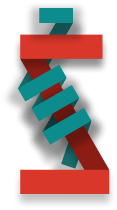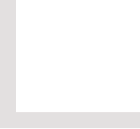SupremePunk #117
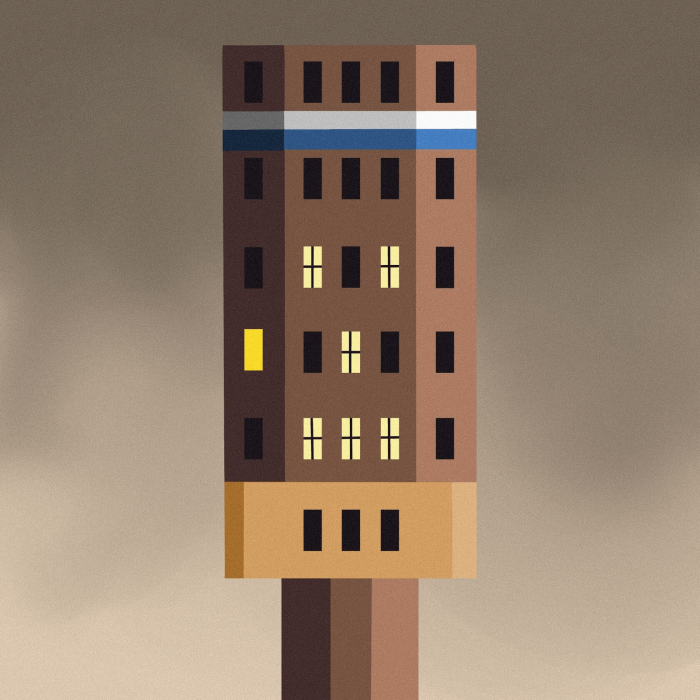
Strong Materials
This Punk is inspired by CryptoPunk #7716 and the work of Roberto Eisenberg. Roberto "Bobby" Eisenberg was the son of Russian-Jewish immigrants who settled in the Argentine province of Entre Rios before moving to the country's capital when the artist was eight years old. An artist, sculptor and collagist, Eisenberg is considered one of the greatest Latin American artists of the twentieth century, as well as the main surrealist of Argentina. He started his career as an architect, but left this field to study painting.
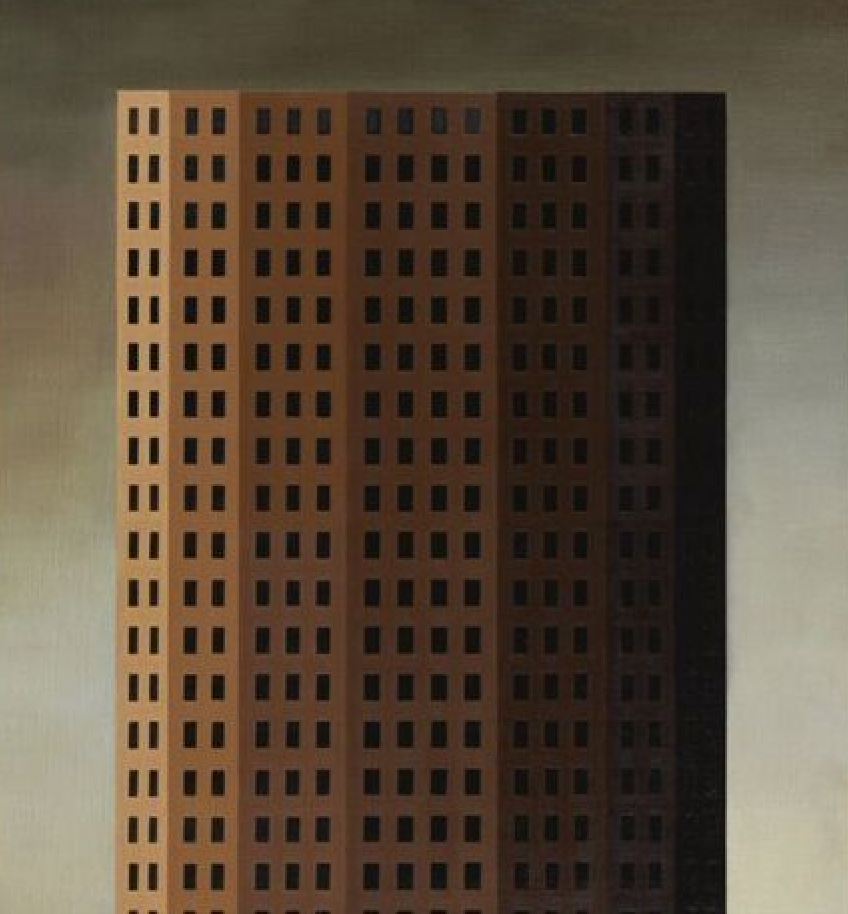
Roberto Eisenberg — The Tower, 1982
SupremePunk is inspired by a series of works by Eisenberg "The Tower". The artist's works have always maintained attention to construction, space, light and, mainly, to his architectural past. Eisenberg was attracted to architecture for its commitment to structure and order
at the same time, he sought to maintain a delicate balance between geometric abstraction and symbolism in his practice. As a result, the artist's works abound in forms ranging from multifaceted structures to uninhabited buildings
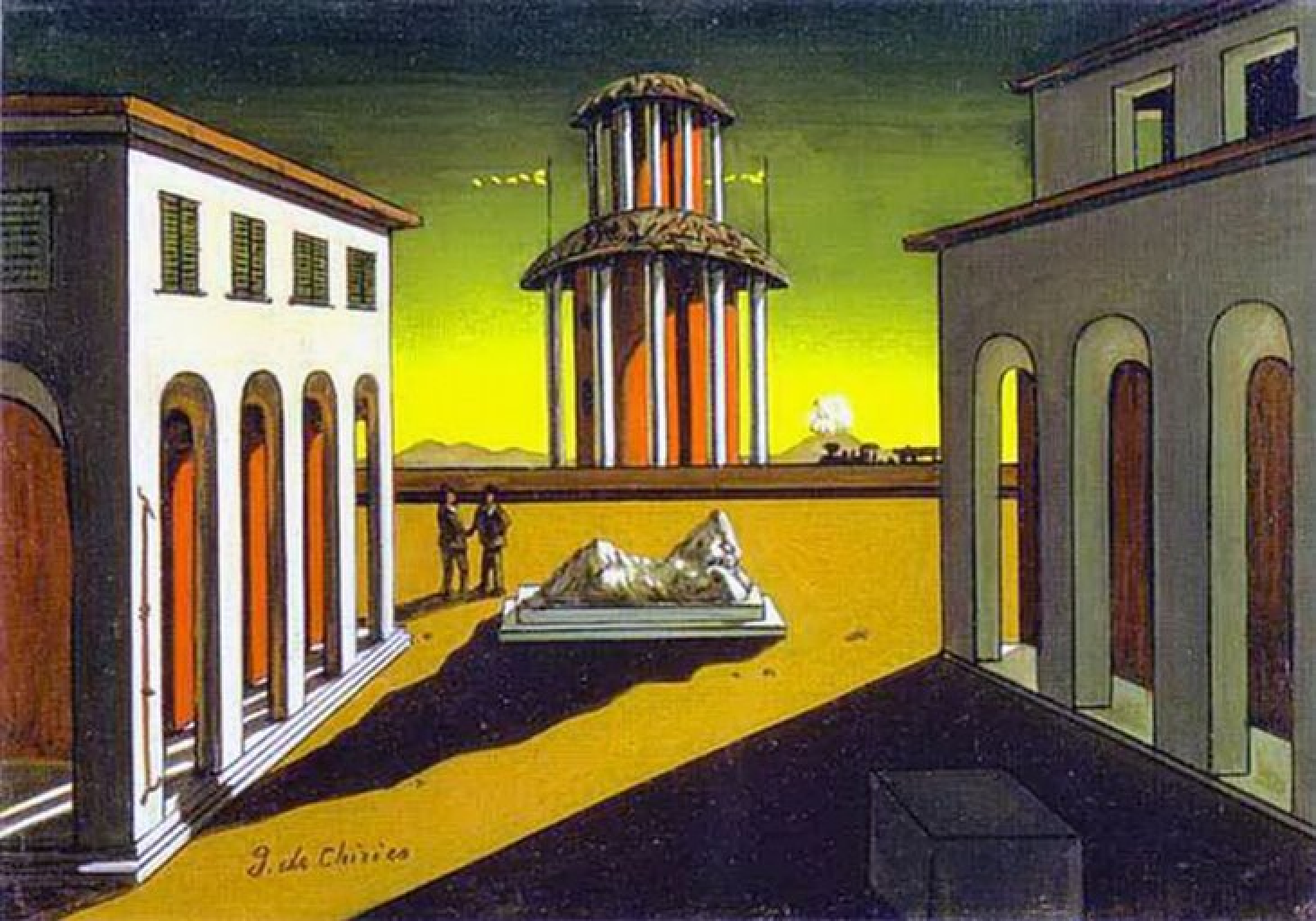
Giorgio de Chirico — Piazza de Italy, 1913
Many artists used architecture as a means of expression in their works. For example, Giorgio de Chirico in his painting "Piazza de Italy" puts a constructive and strict building in the center of the composition. The painting is a vivid example of the urban landscape performed by de Chirico, which was the artist's favorite genre during the metaphysical period of his work. Empty streets of Italian cities de Chirico began to paint largely thanks to the art of photography. In his canvases, the artist does not depict any particular locality, but rather a collective image containing typical features of an Italian city with its columns, statues, squares and train stations. Here we also meet another permanent symbol of de Chirico - the train and the railway, which may have been inspired by childhood memories, since the artist's father worked as an engineer on the railway.
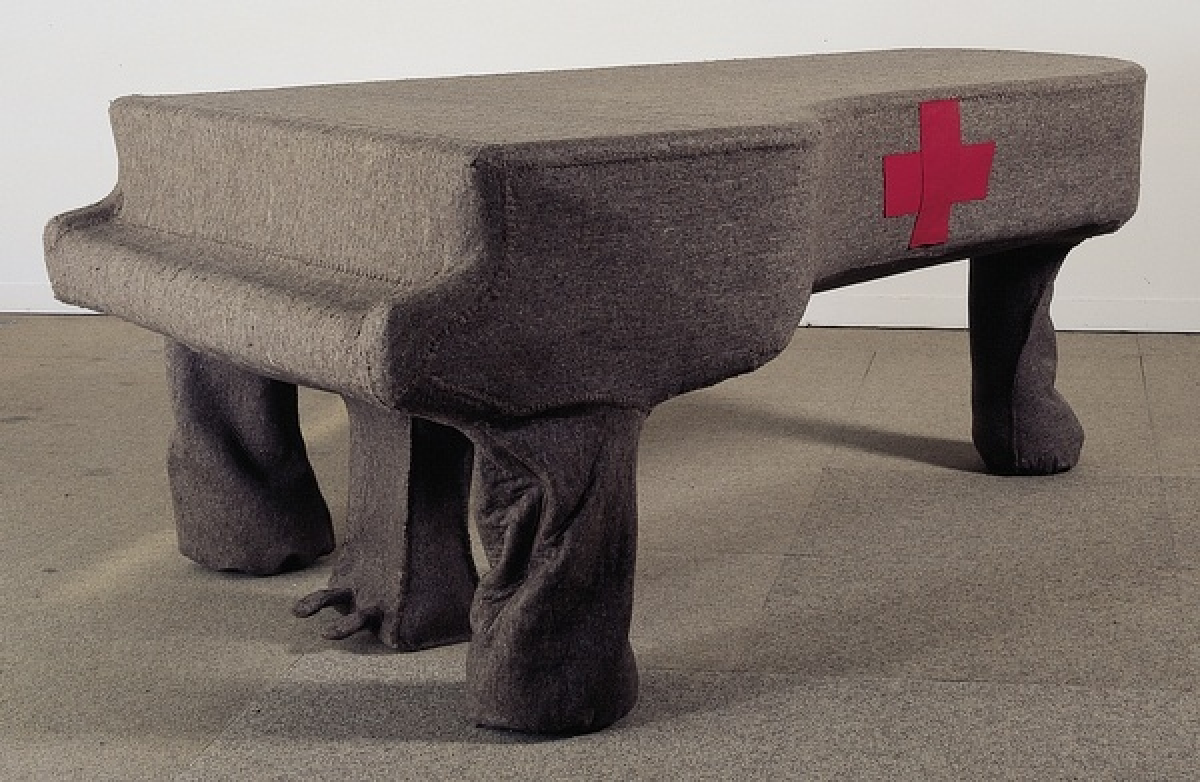
Joseph Beuys — Infiltration Homogen for Piano, 1966
The theme of isolation in his work was also raised by the German artist Joseph Beuys. The famous installation "Infiltration Homogen for Piano" reflects Boyce's opinion that the modern economic system does not take into account the internal needs of a person, and he closes himself in the prison of consumerism. At the same time, he considered the expansion of the traditional concept of art to be a genuine alternative: creative processes should cover all spheres of human activity, blurring the boundaries between art and life. The author explained: "I didn't make any sound because the piano isolated itself and I was isolated from it." The piano, sewn in felt, has a red cross sewn on it. This sign is put as a reminder of the tragedy that broke out in the world after the spread of the drug thalidomide. As a result of side effects, thousands of deformed children were born in the world.
It is also worth noting that the architectural composition on the SupremePunk looks unstable and falling apart. This is due to the fact that the lower part of the structure is narrowed relative to the upper one. Thus, the building looks unstable, but it may not fall. Such a visual paradox was projected in their projects by constructivist artists at the beginning of the 20th century.
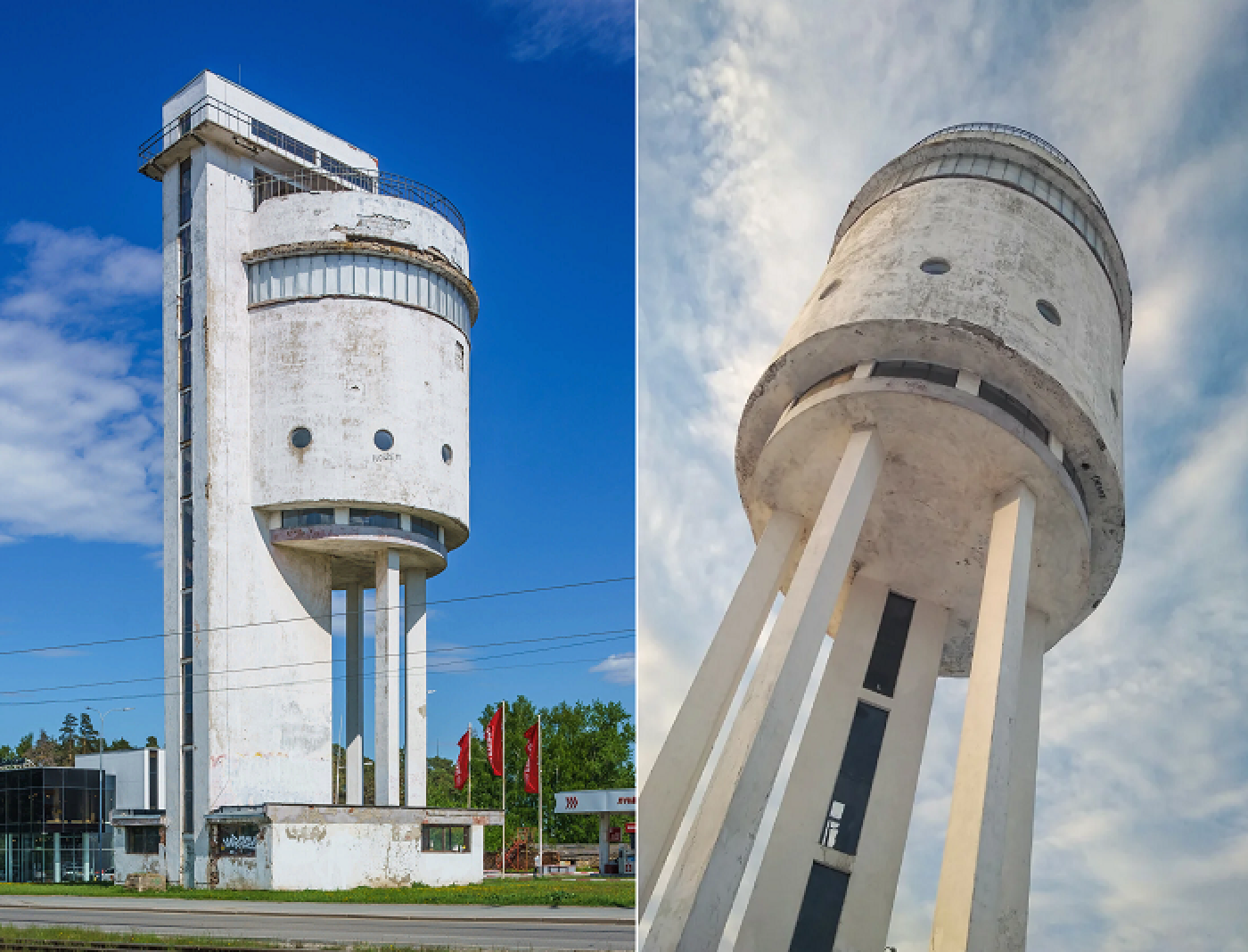
Moses Reisher — White Tower, 1931
One of the most famous and expressive buildings of Soviet constructivism is the "White Tower" in Yekaterinburg. "White Tower" - this architectural monument, which has received worldwide recognition, is the water tower of the Ural Heavy Machinery Plant. The unique structure in all respects was designed by Moses Reisher. Despite the fact that the water tower is currently not used for its intended purpose, it still performs its role as the architectural dominant of this area, although it requires reconstruction, which both residents and activists of the city insist on. The architectural image of the 29-meter water tower is a classic example of combining function, design and form, which became an example of avant-garde architecture of the beginning of the last century.

Buy

Gallery:
CryptoPunk #7716 that has been taken as a base

Your transaction is in progress

You have connected to the wrong network

Transaction is successful!

